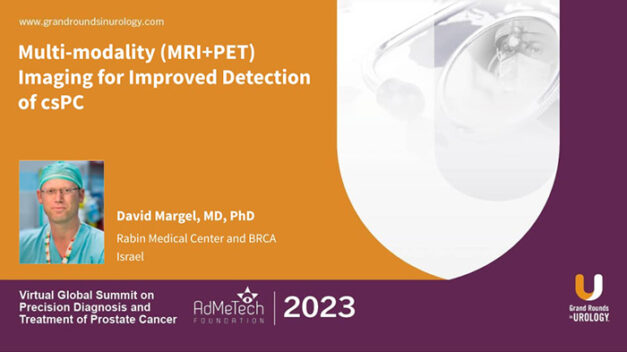NCCN Guidelines for Early Detection of Prostate Cancer 2023
Preston C. Sprenkle, MD outlines the 2023 NCCN Guidelines for Early Detection of Prostate Cancer, emphasizing the importance of these guidelines in standardizing prostate cancer screening and improving patient outcomes. These guidelines aim to balance the benefits of early cancer detection with the risks of overdiagnosis and overtreatment.
The guidelines advocate for shared decision-making between physicians and patients, emphasizing the importance of informed discussions about the benefits and harms of prostate-specific antigen (PSA) testing. Dr. Sprenkle also underscores the role of multiparametric MRI (mpMRI), particularly for men with elevated PSA levels or abnormal digital rectal exams. He discusses the incorporation of novel biomarkers, such as the Prostate Health Index (PHI) and the 4Kscore, which provide additional information to guide biopsy decisions.
Dr. Sprenkle explains that identifying high-risk individuals allows for more personalized screening strategies and early intervention. The guidelines provide criteria for selecting patients for active surveillance and outline protocols for monitoring, including periodic PSA testing, mpMRI, and repeat biopsies.





